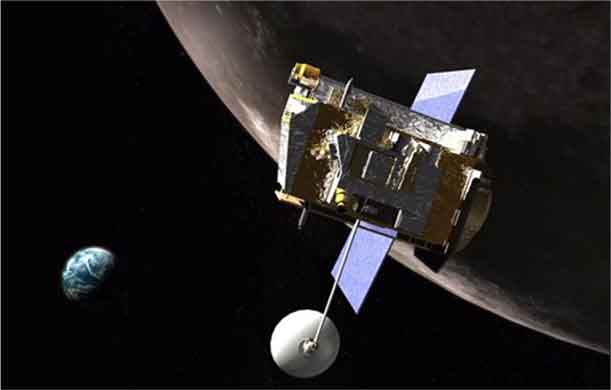
Are you ready to go back to the Moon?
NASA took the first step in that direction in 2009 with the launch of Lunar Reconaissance Orbiter (LRO) robotic mission, and along for the ride was an instrument called the Lyman-Alpha Mapping Project (LAMP). LAMP's main mission: to find water ice in deep polar craters using ultraviolet light generated by stars as well as the hydrogen atoms that are thinly spread throughout the solar system. LAMP is mapping the permanently shadowed regions of the Moon's poles, where water ice and other valuable resources likely reside.
LAMP is one of several scientific instruments on LRO. LRO is circling the Moon, using LAMP and its five other instruments to seek out possible ice pockets in the dark recesses of craters found near the poles, cold places where the sun never shines. These pockets of ice on the otherwise barren lunar surface may help determine the best spot for a possible human base because water is a valuable resource there.
LAMP's other goals are to study the mineralogy of the Moon, to study the composition of the tenuous lunar atmosphere and to pioneer a technique called Lyman-Alpha Vision Assistance (LAVA), which uses natural starshine and ultraviolet skyglow to literally see in the dark. If LAMP is successful, future "LAVA LAMPs" may be used as sensors to help rovers and astronauts work in the darkness of the lunar poles and the lunar nightside without the need for power-hungry spotlights.
The LAMP instrument was developed and built by a team of scientists and engineers from the Southwest Research Institute (SwRI). SwRI is an independent non-profit applied research and development organization focused on engineering and the physical sciences. The Denver Museum of Nature & Science is the educational partner for LAMP. To learn more about LAMP, how it will work and its goals within the larger LRO goals, visit the links to the right.


